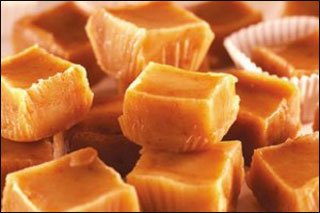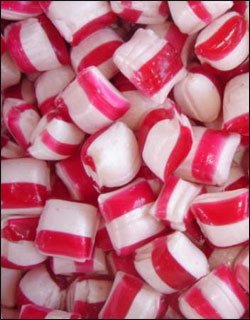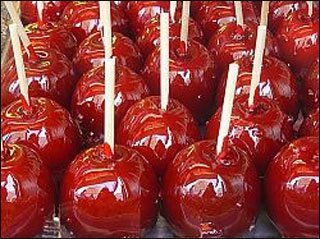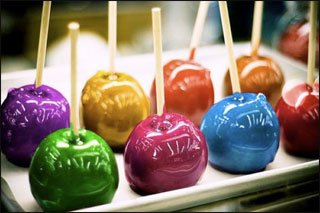History about caramel
As it is known from some historical sources, even the ancient Indian Dalits roasted sugarcane stalks on the fire and thus already could enjoy some kind of caramel. Although historically it happened that the first sweet treat was honey, which did not require any processing, yet caramel ranks first in the category of man-made sweets, since without using human Miagkaya-karamelmeicheskoy thoughts and devices, albeit primitive, caramel is unlikely to be made.

Sugar itself, mainly from which caramel is now produced, was considered to be a rather expensive product in the Middle Ages, and even later, and only rich people could enjoy it. Again, sugar, in the sense that we represent it, did not exist at all. There were so-called sugar heads or cones, which weighed from 400 grams to 16 kg. Everything depended on the production technology - they were dense and had a bluish tint. Before using such sugar, at first it was necessary to “chop” with a special device - a mower, and when drinking it with tea, it was pricked into even smaller parts with special tweezers.

Many countries, such as France, Great Britain, America and others, ascribe to themselves the primacy in the development of caramel practice and the status of the founders of large-scale caramel production. However, with precise and complete confidence, we can only say now that this technology became popular in a broad sense only in the 14th and 16th centuries.

However, he was the first to combine the sweetness of caramel and utility, but the bitterness of some herbs, the German pharmaceutical company Karl Soldan in 1899, his daughter refused to drink bitter potions, so healing candies appeared, for example, the current Strepsils.
